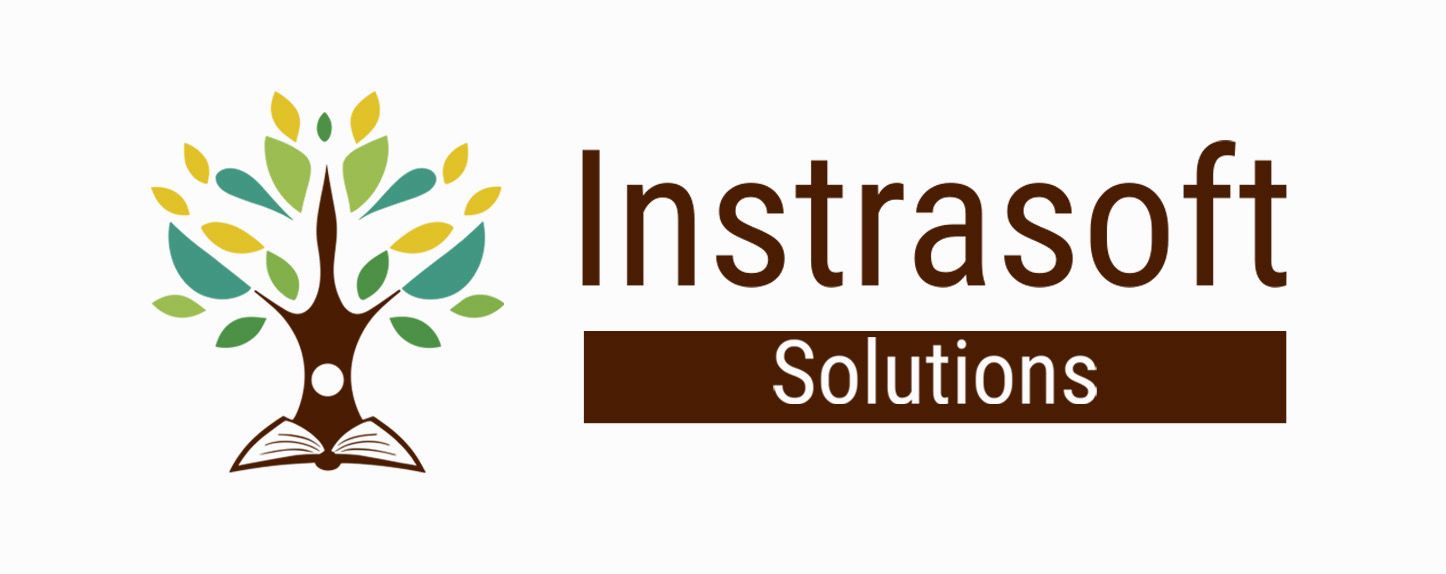56% Indians still don’t have a health cover
Only 44% of the 1.3 billion people in India have a health insurance policyas of 2017, according to a report by actuarial and consulting firm Milliman, titled ‘Indian Life and Health Insurance Sectors’.
Healthcare expenditure as a percentage of GDP is just 4.7% in India, while the US, according to Statista.com, spends about 18% of its GDP. Of the total expenditure on healthcare in India, 70% comes from the private sector, whereas the government spends only 30%, said the Milliman report. In the US, the federal and state governments contribute as much as 45%.
Also, the schemes offered by the government have many limitations. “A majority of insured population is covered under Employees’ State InsuranceScheme (ESIS) or government-sponsored schemes. Such schemes have significant coverage limitations. For example, Rashtriya Swasthya Bima Yojana (RSBY) provides a cover of only ₹30,000 for a family. ESIS provides an unlimited coverage but offers only 5 hospitals for whole of Delhi,” said Abhishek Bondia, principal officer and managing director, SecureNow.in.
PENETRATION
In 2013-14, 76% of the population did not have any significant health coverage. However, the number dropped to 56% during 2016-17. The report calculated the number of uncovered population by subtracting all the covered persons from the population estimate provided in the National Health Profile. Of the population with health insurance, 8% are covered by insurers other than government schemes and RSBY, 26% are covered under RSBY and other government schemes, 10% under ESIS and 0.26% under the central government health scheme (CGHS).
“Government should remove disincentives on health insurance. For example, indirect taxes on individual health insurance have increased from 12.5% to 18% over the last few years. GST on individual health insurance should be reduced. This will have a direct impact on an individual’s ability to buy cover,” added Bondia.
The market share, in terms of the number of people covered, of public non-life insurer increased to 63% in 2017 and that of private insurers was 18%. “Public sector non-life insurers had a first mover advantage. They carry a legacy book. Also, PSU insurers take the lead in participation in large programs such as government sponsored schemes and group insurances of other PSU units,” said Bondia.
According to the report, between 2013 and 2017, standalone health insurers gained substantial presence in the retail segment. “Stand-alone health insurers are specialists and hence are able to innovate on the product as well as servicing side. With increasing and directed focus towards health products alone, stand-alone insurers are able to provide solutions for fulfilling customer needs which were considered difficult to meet earlier,” said Ashish Mehrotra, managing director and chief executive officer, Max Bupa Health Insurance.
AYUSHMAN BHARAT
According to the report, Ayushman Bharat will upgrade over 150,000 sub-centres to health and wellness centres by 2022. Until now, all public sector hospitals and more than 9,000 private hospitals have been empanelled and more than 38,000 patients were hospitalised in the first two weeks of the launch. For people who are not eligible for government schemes, Ayushman Bharat will encourage them to buy private insurance, said Bondia.
Ayushman Bharat will help increase health insurance penetration, said Mehrotra. “Also, since the basic cover would now be available through Ayushman Bharat, the focus of insurers would be towards developing solutions for meeting other out-of-pocket expenses like OPD, pharmacy, diagnostics etc. which are currently at about 65% of the overall healthcare spends,” he added.
